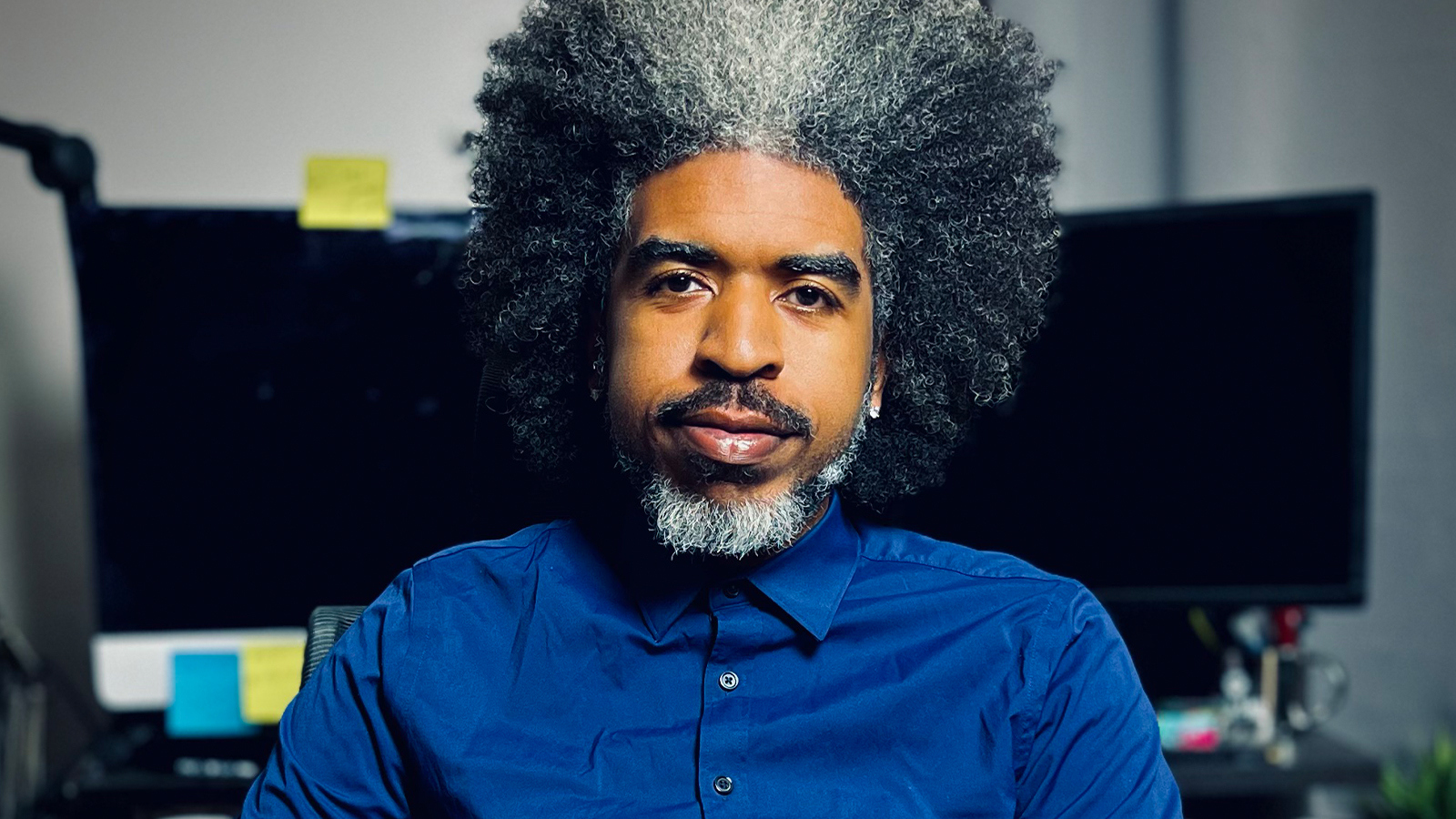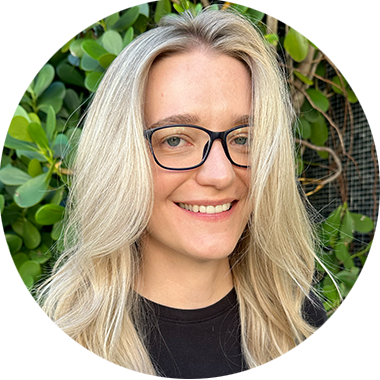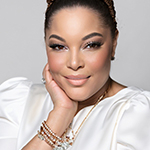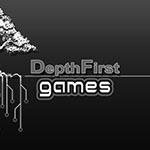Full Sail Stories
Published Oct 09, 2025
What’s Your Job? Meet Grad Bill Hudson (Visual Effects Producer, Netflix)
The Computer Animation, Entertainment Business, and Media Design MFA grad oversees both the creative and corporate sides of the visual effects process.

Bill Hudson is a Full Sail graduate who’s made a name for himself in the visual effects industry. The multi-degree alum – who completed Full Sail’s Computer Animation bachelor’s program as well as the Entertainment Business master’s and Media Design MFA programs – combined the artistic skills and business sense he learned at Full Sail to work his way up to being a VFX Producer.
Recently, Bill was a VFX Producer on the first season of Netflix’s Forever, a romantic drama series inspired by the Judy Blume novel of the same name. He oversaw a budget of more than $1 million and worked with VFX vendors, artists, directors, and the series’ showrunner to help create eight episodes over the course of a year.
Here's more insight from Bill about his process, his experience on Forever, and what he thinks up-and-coming VFX professionals should know.
What does a VFX producer do, and what’s the difference between being a producer and working in more of an entry-level VFX role?
So as a beginner on the show side, you might come in as a coordinator, and coordinators do more of the day-to-day help with tracking deliverables. So they manage when shots come in from the vendor and help set up before review sessions; they also take notes on any feedback. Whereas VFX producers are reviewing the work of the whole department, and we are like the liaison between departments, as well as between the studio and the showrunner.
So being a VFX producer, it's more of coming up with the strategy and the schedule, managing the budget, and you can make the call about whether or not a shot that arrived needs troubleshooting and how to go about that, versus the coordinator who is usually just supporting and following through.
What’s your general workflow like when you’re a VFX producer on a show?
Since I'm now more on the management side, I come in during prep, read all the scripts, and kind of get an estimate on what the season calls for in terms of VFX to come up with a budget. Then I bring on the vendors that specialize in that work, and I manage their agreements and sign them on. Then it's just episode by episode of meeting with production and seeing what they need and checking for any new surprises while also getting the shots to the vendor, reviewing with the vendor and the showrunner to make sure they like what they're getting back, and then making sure all the final shots get delivered to the post-production team.
What kind of VFX work did you do on Forever?
We started off just supporting the production team, and then it expanded. We went from [creating onscreen] text messages and signage and doing VFX cleanup, to doing face replacements and seasonality work. Like for example, in an episode that takes place at Martha’s Vineyard, it’s supposed to be summertime but when they shot it the trees hadn’t come in full bloom. So that took on an additional scope where we were like, “All right, we need to add trees and seasonal [effects] to make it feel like summer and give it that Martha’s Vineyard feel."
What was a typical day like for you on Forever?
If it was during production, I’d check in on what was being shot that day and pop in to set to make sure everything was good. We had playback on set, so I’d just check that and make sure everyone got the graphics they needed for shooting. Then I’d go back to the office and probably have some reviews with the vendors.
If we were working on a new episode, I’d go through shots with our primary vendor and review things like scripts that were coming out, just to keep getting updated costs because things were changing a lot. And then I’d also check in with the showrunner to see if she needed to review anything. Then I’d also have meetings to check in sometimes with Netflix as well, so I could keep them abreast on what's happening as far as budget and schedule, making sure we were still on track. So typically I was working from 8 AM to 8 PM, or sometimes 9 PM, and that was my day.
How did your multiple Full Sail degrees come together to help you with the VFX work you’re doing now?
Understanding the software and the pipeline from the artist's perspective helped, as far as just being able to give feedback and notes, things like that. The business [education] helped my freelance journey while I was looking for work at a studio. Learning about contracts and marketing yourself and branding and finance, managing your value in that sense really helped.
So [earning those degrees prepared me for] a little bit of everything that I use now, in a sense. As a producer I manage artists, and it helps that I used to be one and understand that side, and then I also manage scheduling and budgets. So the business side, understanding profits and margins for a studio, comes in handy.
And to wrap up, do you have any advice for aspiring VFX professionals who’d like a career like yours?
First, there’s a lot of value in learning complementary skills that might give you an edge over everybody else. For example, usually transitioning from an artist to producer, it was like the things that got you here won't get you to the next level, [so you have to learn skills beyond artistry].
You also have to learn people skills, soft skills. I think that’s very underrated. No matter how talented you are, no matter what you've been doing or how long you've been doing it, if you can't interact with people in a positive, productive way, you won't last. So soft skills are a good investment as well.



